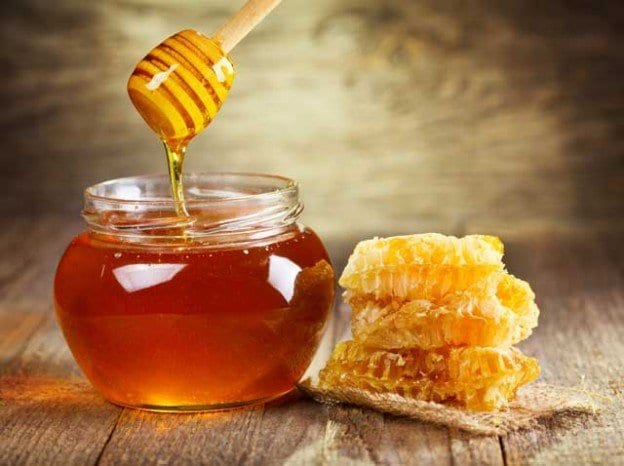Table Of Contents
Does honey and diabetes work well with each other? Honey will affect your blood sugar level just as granulated sugar does. If you want to swap out sugar and replace it with honey, the results will be the same.
Honey and Carbohydrates
Honey is also a carbohydrate, and there are slightly more carbohydrates and more calories in honey than in granulated sugar (or any concentrated sugar). Each tablespoon of honey smacks you with:
- 17 Grams of carbs
- 16 Grams of sugar
Check with your doctor if you have type 1 or 2 diabetes or are in a prediabetic condition, as extreme highs in blood sugar levels can contribute to the possibility of serious side effects.
Breakdown of Honey
Honey is usually comprised of the following:
- 38.2% Fructose
- 3l.3% Glucose
- 7.1% Maltose
- 1.3% Sucrose
- 17.2% Water
- 1.5% Higher sugars
- 0.2% Ash
- Other (undetermined)
The glycemic index for honey ranges from 31 to 78, depending upon the variety of honey.
Amino Acids in Honey
The amino acids in honey number 18 of the 20; but, the amino acid content is a negligible amount, a mere 0.05-0.1 percent of the composition. The primary amino acid is proline. The amino acids in honey come almost totally from the bodies of the bees.
Nutritional Facts
The typical container of a bottle of honey shows the following nutritional facts:
Serving size – 1 Tablespoon
- 60 Calories
- 0 Total fat
- 0 Saturated fat
- 0 Trans fat
- 0 Cholesterol
- 0 Sodium
- 17 Grams of carbohydrates
- 0 Fiber
- 16 Grams of sugar
- 0 Protein
The containers of honey should also have the following warning: “Do not feed to infants under 1 years of age.”
Manufacturers of Honey
Honey is made by bees using the nectar of flowers. All of us have seen bees busily sipping at the bud of a flower, knowing that the bee will go back to the nearby hive and deposit the nectar it has siphoned up. Each flower that the bee sips from contributes to the flavor of any honey that would be harvested from that particular hive. Available in almost all supermarkets today there is a vast assortment of different honey companies that provide honey for the consumers, to include, but not limited to:
- Leightons Honey
- Bee Natural Honey (Wildflower)
- Cooks Honey
- Dutch Gold Honey from Orange Blossom
- Golden Blossom Honey
- SueBee Honey
As well, you can stop by your local farmers’ market and purchase honey from the tender of the beehive himself.
What to Look For When Purchasing
Always look for 100 percent pure honey. You do not want honey that has been diluted or treated with additives. Always store your honey on the pantry shelf and not in the refrigerator. If you accidentally forget and store the honey in the fridge and it crystallizes, look on the container, as it will give you instructions on what to do.
History of Honey
Honey use has a long history, going as far back as 7000 BC in Spain; however, fossils of honey bees have been found that date back almost 150 million years. It’s been a staple of the human diet for many, many years, with numerous (and in some cases unsubstantiated) claims as to its health benefits, treatment for various illnesses and maladies, and also as a good luck symbol and a symbol of “sweetness.” (“Hello, ‘Honey,’ I’m home!”) There are many books available on the different uses of honey and its purported healing powers.
Again, it is stressed very strongly that you should always talk with your doctor before adding honey to your diabetes diet, or making any drastic changes in your diet. Honey and diabetes can work but at certain times depending on your blood sugars.
